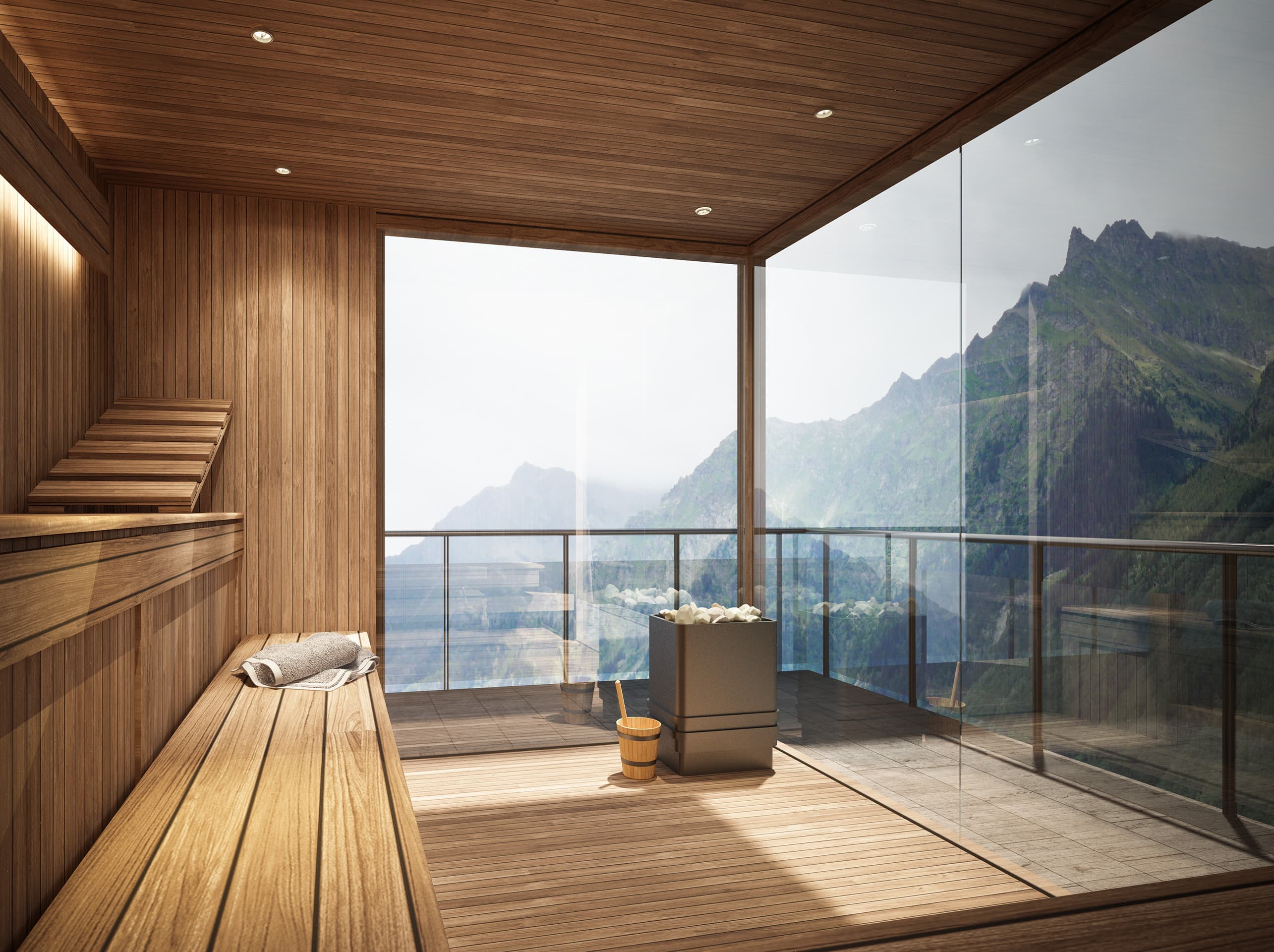Key highlights
Australia’s housing market is teetering on a knife’s edge and anything that adds to the cost of delivery will drive up the end price
Height bonuses and fast-tracked development approvals are welcome incentives, but if the profit margin for 10 storeys is the same as 20 storeys, why would developers take the risk?
It’s time to think inside the box – and that means adjusting the shape and size of the box to shift the dynamics of delivery
Housing affordability, always a topic of interest (if not concern) in Australia, has reached fever pitch. Interest rates are at an 11-year high, house prices are on the up-and-up and national rents have risen by 27.4% since March 2020. At the same time, Australia’s net overseas migration is expected to surpass 400,000 this financial year.
The development industry is as worried as mortgage holders and renters. Concerns about housing affordability and supply have hit record highs, according to latest ANZ/Property Council Survey, and 48% of respondents expect construction materials to rise by at least 5% over the next year.
As the cost of materials continues to climb, alongside debt finance and skills, many developers are revisiting their feasibilities and finding their projects no longer stack up.
A price of $3,200 a square metre before the pandemic has now passed the $4,000 per square metre mark for high density quality product, in Sydney. This is the new normal, and those waiting for costs to come back/drop will be disappointed.
Important interventions
The factors that influence housing affordability are complex and challenging to solve. But from our work on countless feasibility studies for affordable housing developments, we’ve found one solution stands above all: government intervention. Affordable housing developments simply don’t stack up without some sort of government incentive, whether that’s a grant, height bonus, gift of land or tax exemption.
Governments around the country are stepping in with a suite of welcome incentives. While the Australian Government’s $10 billion Housing Australia Future Fund still languishes in the Senate, its Home Guarantee Scheme, administered by the National Housing Finance and Investment Corporation, is helping some home buyers get the key to the door sooner, with a deposit of as little as 5%.
At the state level, the NSW Government has announced new measures in which housing developments with a capital investment value of more than $75 million, which allocate a minimum of 15% of the total gross floor area to affordable housing, will gain access to the State Significant Development planning approval pathway, as well as floor space ratio and height bonuses. This complements the NSW Government’s existing Housing Acceleration Fund provides grants for critical infrastructure projects, like upgrades to roads, water, sewerage and power.
The Queensland Government has slashed land tax for build-to-rent developments that include affordable housing (although, in the past we've explored why Australia can't afford to put too many eggs in the build-to-rent basket). The South Australian Government’s HomeSeeker SA program aims to help 1,000 low-income households break into the market with a suite of strategies from land tax concessions to shared equity schemes.
On the other hand, regulation is also ramping up. This will continue to contribute to cost escalation. Stringent energy efficiency requirements under Section J of the National Construction Code, while currently stalled in some states, are inevitable. The NSW Building Practitioners Act has just expanded beyond class 2 residential apartment buildings and now applies to classes 3 and 9c buildings, including boarding houses, hostels, aged care and backpackers’ accommodation. It is only a matter of time before the Act captures class 1 dwellings. Then there’s the hidden cost of carbon. NABERS is currently working on a standard to measure embodied carbon, and putting a price on the emissions generated during manufacture, transport and construction of buildings will come with a cost impost.
Measures to tackle energy efficiency and carbon, to restore consumer trust and enhance quality are all necessary. But we must also acknowledge they add costs to the delivery of dwellings.
Towering ambitions?
The Reserve Bank Governor Dr Philip Lowe has said Australia’s failure to build enough homes is largely to blame for escalating housing and rental costs, and has argued that regulation “is affecting the flexibility of the supply side of the housing market”.
Strong evidence, including analysis by former Reserve Bank of Australia board member Dr Tony Richards, suggests red tape and restrictive planning regimes have delivered a significant shortfall in housing. Richard puts the figure at 1.3 million over the last two decades.
The NSW Productivity Commission's pointedly-titled paper, Building more homes where people want to live, finds regulation and planning restrict the development of new housing, especially apartments and town houses, in existing suburbs. Fewer than 20% of new dwellings are being built within 10 kilometers of the CBD, despite those being the areas where most Sydneysiders want to live.
The solution, the NSW Productivity Commission suggests, is to deliver greater density. Between June 2017 and March 2022, around 1,500 new apartment buildings were completed in Greater Sydney, the Commission says. On average, these buildings were seven storeys tall and contained 70 units. If governments had permitted slightly higher densities, of up to an average 10 storeys and 100 units per building, the Commission estimates that an additional 45,000 dwellings could be supplied without extra land. This represents around a typical year’s worth of new housing construction in New South Wales, the Commission says.
Does this mean the only way is up?
The price we pay
The knee jerk reaction may be to build higher. Rather than build 20 apartments, let’s allow 40. Double the density on the same block and halve the price of each unit, right? But as the height of a building goes up in height, the percentage of useable and saleable space drops.
All developers have a ‘walk away price’. One way to identify that is to calculate the residual land value. In this formula, all projected costs of the development, excluding land, are added to the required developer’s margin. This combined figure is subtracted from projected revenue to provide an estimated value of the undeveloped land, referred to as the residual land value. By working in reverse, the developer determines the maximum amount that could be paid for a parcel of land and still achieve the required profit. (For more about residual land value, read our guide to land valuations). Tripling the density does not mean the value of the site triples – but it does mean the costs will increase.
Taller towers require additional structural elements to support their height and withstand wind loads. A larger portion of the space must be dedicated to structural components like columns, beams and support systems. Taller buildings require more advanced engineering, logistics and construction techniques to ensure stability and safety. Services – elevators, mechanical systems, electrical infrastructure, plumbing and the like – can also restrict the usable space within the building. Then there’s the extra considerations of maintenance and strata of larger properties.
Doubling the height of a building also takes longer to deliver, increasing the debt funding and time cost of money. The longer a project takes from dirt to disposal, the more susceptible it is to risks.
Whether you deliver 20 or 40 units on the site, the percentage return will be the same. Yes, the dollar return on the more ambitious project will be higher. But the internal rate of return will be the same – and a smaller development will achieve that return with less risk.
Therefore, going up is not always the answer.
Thinking inside the box
What is the solution? The development industry is always being told to “think outside the box”. But the solution is to think inside the box – or, rather, to adjust the shape and size of the box to shift the dynamics of delivery.
Here’s why dwelling size is the key differentiator. Take the budget breakdown on the average apartment project:
25% on preliminaries and profit margin
25% on building structure
25% on services
25% on finishes
Developers set a profit margin before they step into the ring. Tinkering around the edges with cheaper tapware or tiles may shave of just a percentage here or there, but this is unlikely to have much more than a marginal impact on the costs of each unit. Building structure and services are, to a large degree, fixed – that is, unless we change the size of each unit.
The bottom line? Prices are an output not an input. In other words, prices reflect supply and demand dynamics, economic conditions, production costs, competition and other external factors. They are not a driving force but a function of the criteria we provide. If we don’t like the price, we must change the parameters. The most obvious way is to shrink the size of the block and the dwelling on it.
Altus Group is a proud affiliate member of PowerHousing Australia, a national network of 38 growth and Tier 1 regulated community housing providers.
Authors

Niall McSweeney
Head of Development Advisory, Asia-Pacific

Tim Peisley
Senior Trainer
Authors

Niall McSweeney
Head of Development Advisory, Asia-Pacific

Tim Peisley
Senior Trainer
Resources
Latest insights



Jan 9, 2025
Building the future - Key trends shaping Australia’s construction industry in 2025



